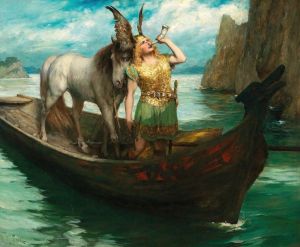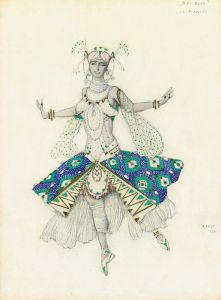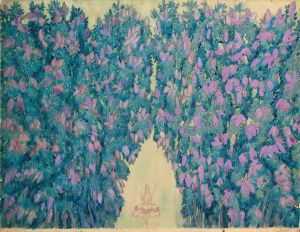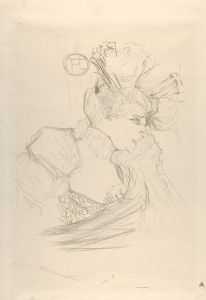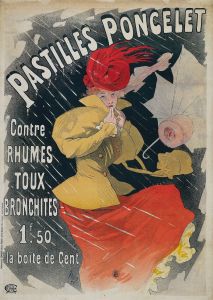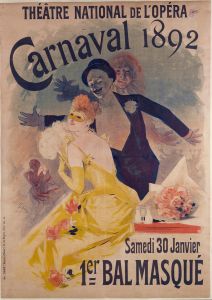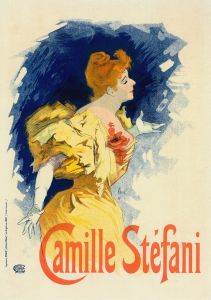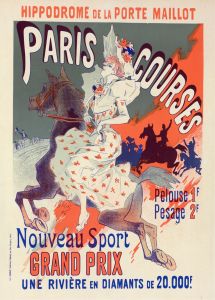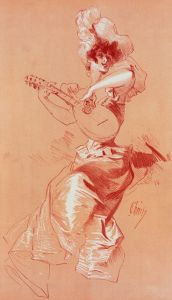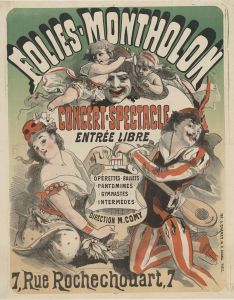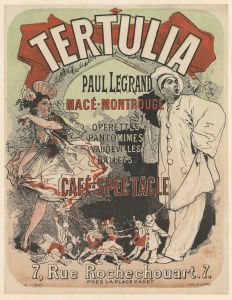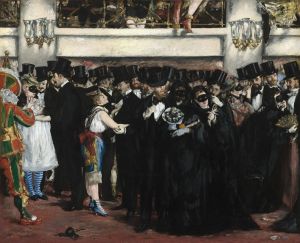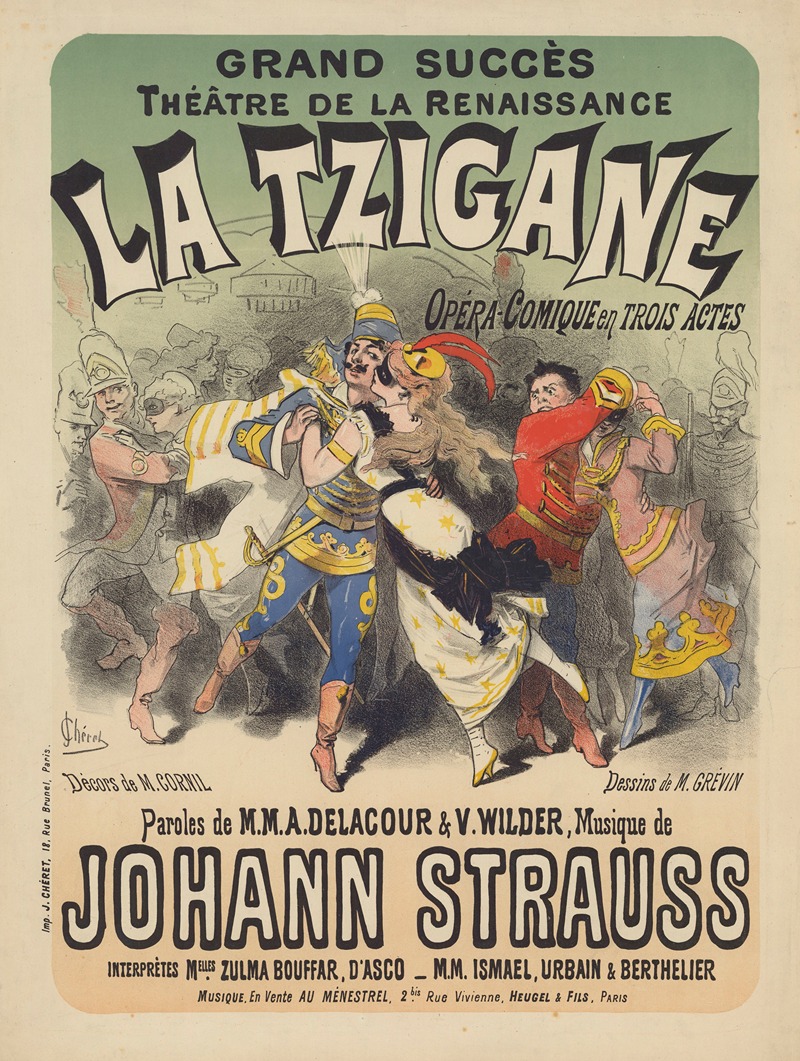
Théâtre de la Renaissance. La Tzigane. Opéra-comique en 3 actes… Musique de J. Strauss
A hand-painted replica of Jules Chéret’s masterpiece Théâtre de la Renaissance. La Tzigane. Opéra-comique en 3 actes… Musique de J. Strauss, meticulously crafted by professional artists to capture the true essence of the original. Each piece is created with museum-quality canvas and rare mineral pigments, carefully painted by experienced artists with delicate brushstrokes and rich, layered colors to perfectly recreate the texture of the original artwork. Unlike machine-printed reproductions, this hand-painted version brings the painting to life, infused with the artist’s emotions and skill in every stroke. Whether for personal collection or home decoration, it instantly elevates the artistic atmosphere of any space.
Théâtre de la Renaissance. La Tzigane. Opéra-comique en 3 actes… Musique de J. Strauss is a poster created by the French artist Jules Chéret, a prominent figure in the development of modern poster art during the late 19th century. This particular work was designed to promote the operetta "La Tzigane," a three-act opéra-comique with music composed by Johann Strauss II, also known as the "Waltz King." The operetta was performed at the Théâtre de la Renaissance, a Parisian theater known for its productions of innovative and popular works during the 19th century.
Jules Chéret, often referred to as the "father of the modern poster," was instrumental in elevating the status of posters from mere advertisements to a respected art form. His works are characterized by their vibrant colors, dynamic compositions, and elegant depictions of figures, often women, in lively and theatrical poses. In this poster, Chéret employs his signature style to capture the energy and spirit of the performance, using bold typography and vivid imagery to draw attention to the production.
"La Tzigane" (The Gypsy) was one of many works by Johann Strauss II, who was celebrated for his contributions to the Viennese operetta tradition. While Strauss is best known for his waltzes, such as "The Blue Danube," his operettas also enjoyed significant popularity during his lifetime. The collaboration between Strauss's music and Chéret's artistic vision for the poster reflects the intersection of music and visual art in promoting cultural events during the Belle Époque period in France.
The Théâtre de la Renaissance, where the operetta was staged, was established in 1838 and became a prominent venue for theatrical and musical performances in Paris. It was known for showcasing works that combined artistic innovation with popular appeal, making it a fitting location for the debut of Strauss's operetta.
This poster is an example of Chéret's ability to encapsulate the essence of a performance through his art, contributing to the broader cultural and artistic landscape of the time. Today, works like this are appreciated not only for their historical significance but also for their artistic merit, representing a pivotal moment in the history of graphic design and advertising.





